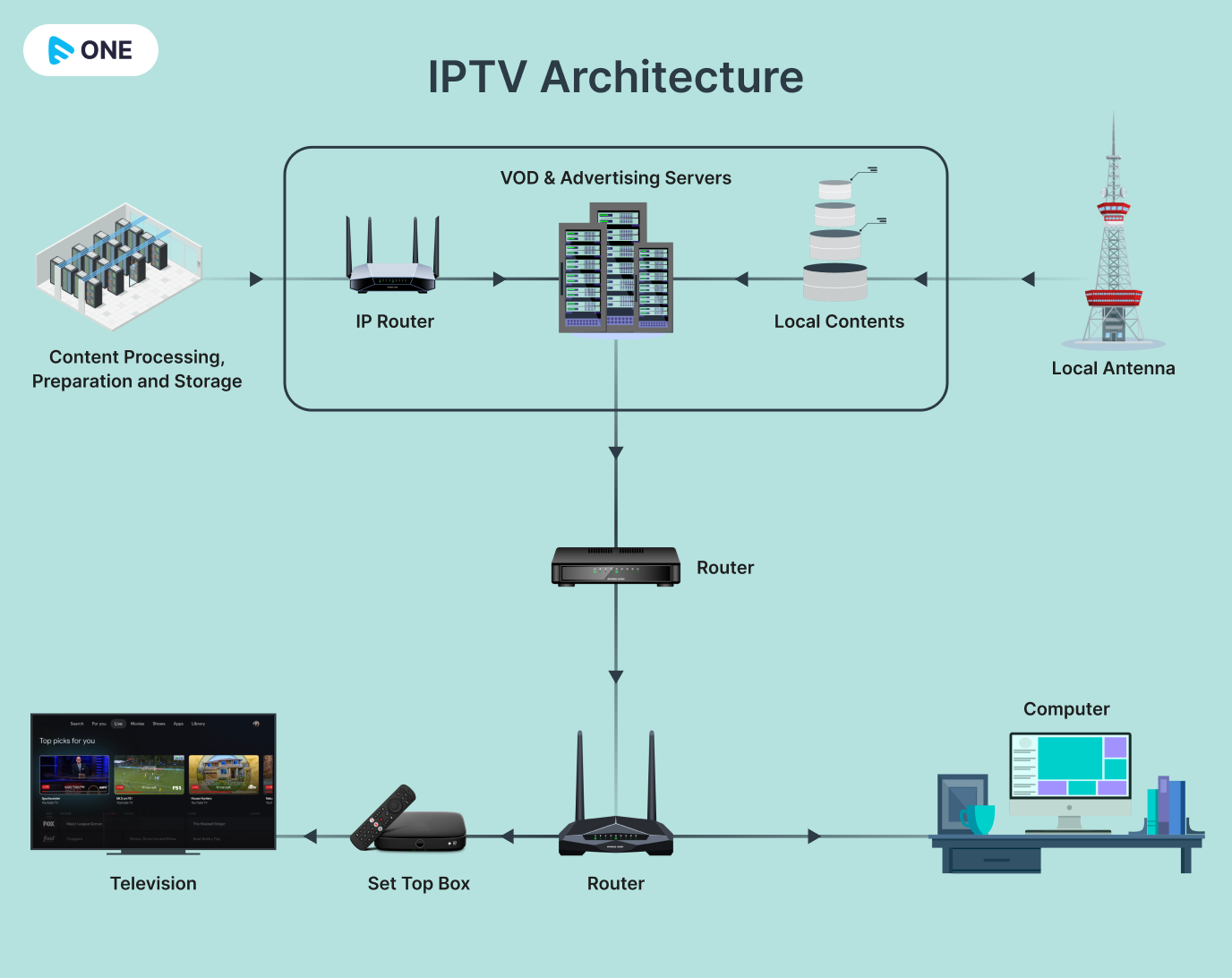Adopting IPTV: A New Horizon of Wireless Viewing

Recently, the way we consume entertainment has seen a notable shift. Traditional cable television is gradually making room for more flexible and innovative solutions that suit our on-demand lifestyles. One of the top promising developments in this arena is Internet Protocol Television, commonly known as IPTV. With its power to deliver content via the internet rather than using traditional broadcasting methods, IPTV is rapidly standing out as the future of TV.
As viewers more and more seek personalized and convenient viewing experiences, IPTV offers a enticing alternative by allowing access to a vast library of shows, movies, and live broadcasts at all times. This transition towards cable-free entertainment not only enhances user experience but also opens the door to new possibilities in content delivery, making it an exciting option for consumers worldwide. With its smooth blend of technology and entertainment, IPTV is poised to change how we enjoy our favorite programming.
What is IPTV?
IPTV, or IPTV, refers to the transmission of TV programming over the internet rather than through conventional broadcast, satellite-based, or cable-based methods. By utilizing a broadband internet connection, IPTV allows audiences to stream their preferred shows and movies directly to their devices, providing enhanced freedom and control over how they engage with media. This innovation revolutionizes the way we view television, offering an array of programming that can be accessed at any time and anywhere.
One of the defining features of IPTV is its potential for interactivity. Unlike conventional television, where viewers merely watch scheduled broadcasts, IPTV enables users to select content as they wish. This implies that viewers can pause, rewind, or fast forward through content, creating a more customized viewing experience. With the integration of sophisticated capabilities such as network recording and playback, IPTV caters to the modern consumer's need for ease and options.
IPTV can be divided into 3 different types of offerings: live television, video on demand, and time-shifted TV. Live TV mimics standard TV broadcasting, allowing viewers to watch shows in real-time. VOD provides a collection of content that can be viewed at the user's convenience, while time-shifted TV enables viewers to view earlier aired content at their own convenience. Collectively, these choices position IPTV as a versatile and appealing substitute to conventional cable television.
Benefits of IPTV
One major important benefits of IPTV is the flexibility. In contrast to traditional cable television, that frequently ties viewers to specific package of channels, IPTV allows users to select their desired content that suits their preferences. This means that subscribers can access a wide range of on-demand shows, movies, and live broadcasts without the unnecessary clutter of channels they may not watch. The ability to tailor subscriptions is appealing in an era where customization is highly sought after.
Another advantage of IPTV is the superior streaming quality. With premiumiptvpro.com in technology, IPTV provides high-definition and even 4K content, delivering a more immersive viewing experience. Users can enjoy uninterrupted viewing without the delays that afflict some cable services. Furthermore, IPTV systems often come loaded with features such as pause, rewind, and fast forward, enhancing the overall convenience of watching television.
Affordability is also a compelling reason to embrace IPTV. Many IPTV services are offered at a lower price point compared to traditional cable packages. With less hidden costs and the ability to eliminate costs associated with equipment rentals, viewers can save a significant amount. This cost-effective nature, combined with the abundance of content choices, positions IPTV as a great option for those looking to save money and enjoy quality entertainment.
Future Trends in IPTV
The environment of IPTV is swiftly changing, with a important trend being the rise of tailored material delivery. Advanced algorithms and artificial intelligence are allowing service providers to examine viewer tastes and behaviors, allowing them to offer customized recommendations. This transition towards customization not only improves the user experience but also stimulates viewer engagement, as subscribers locate content that matches with their interests more easily.
Another trend defining the future of IPTV is the increasing integration of engaging options and applications. Traditional television is being converted into an interactive experience, where viewers can engage with content through social media, polls, or purchases within apps. This interactivity creates a more immersive environment that keeps audiences engaged and encourages them to join in in discussions about their preferred shows. As technology advances, we can expect even more creative ways to connect viewers with content and each other.
In conclusion, the momentum for 5G deployment is set to revolutionize the IPTV experience by offering faster and more consistent streaming. With the enhanced network bandwidth and reduced latency, viewers can watch high-definition content without buffering. This advancement will not only enhance live streaming events but also facilitate the expansion of on-demand services. As networking continues to improve, IPTV will become even easier to access, solidifying its role as the next wave of television.

